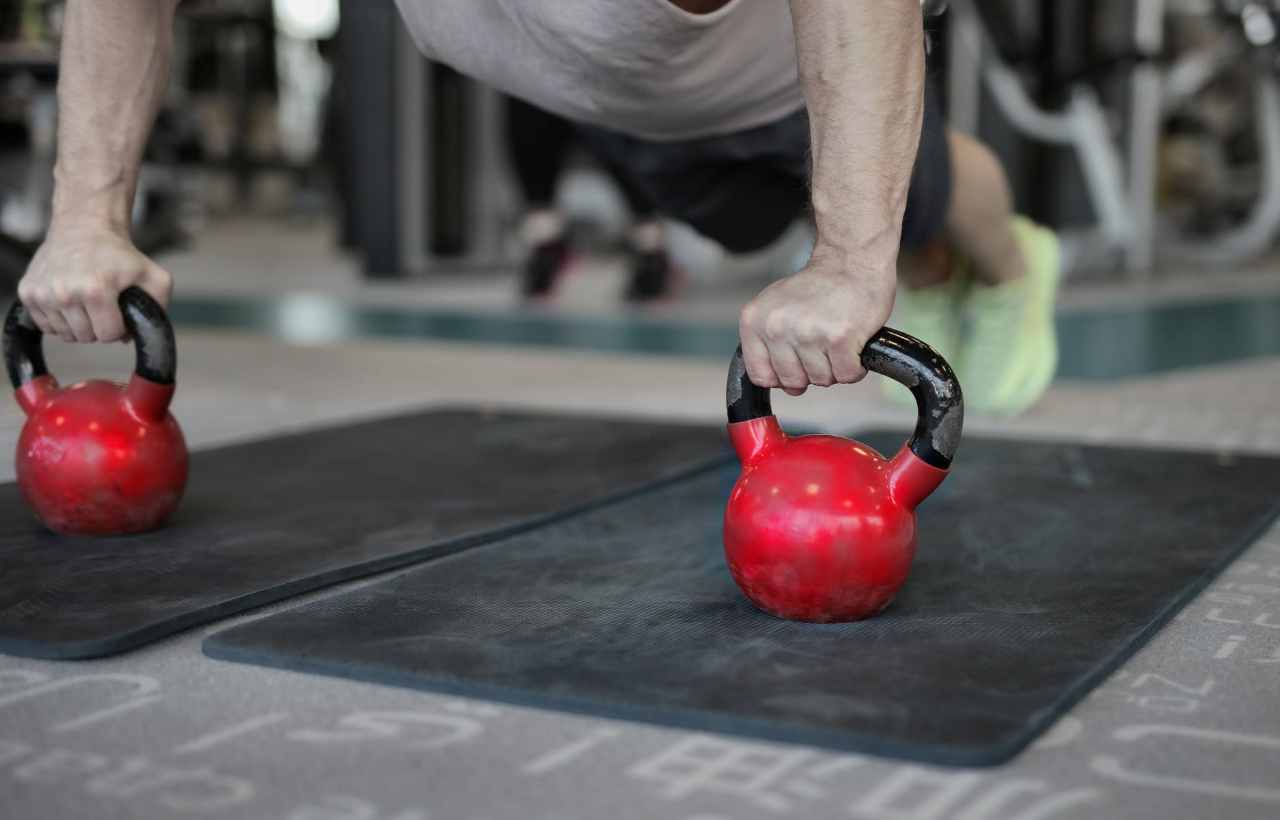
Categorizing Exercises to Improve Your Workouts
Having a systemized process and lens in which to view movement is essential to good decision making for exercise selection. Too often we modify exercises for the sake of “variety” without taking into account the secondary effects of the movement on overall goals.
A workout can be made easier or more challenging by altering sets, reps, weight, and intensity, but the exercise selection is also an important part of the effectiveness of a workout program.
So where do we start? I split up movement and exercises into 3 broad categories:
- Task Level
- Pattern Level
- Joint Level
Starting at the task level
We have to remember that the goal of training is to improve quality of life, increase function, and of course, look good. Our function, or performance for some, is chiefly determined by the ability to perform movements at the task level. This includes breathing, gait(walking/running), activities of daily living, and key performance tasks. Even if you are not a big exercise enthusiast, you still have to breathe, walk, and perform physical tasks every day of your life. So in short, task-level exercises are “functional” in nature by mimicking the positions and intensities of those tasks.
The pattern level is what people associate with typical exercise programs
But there are a few more subcategories to this. This section is hugely influenced by Dr. Pat Davidson and his Rethinking the Big Patterns series. Our movement is broken down by primary “patterns”. These are the squat, the hinge, vertical push/pull, horizontal push/pull, and carry.
We can segment these even further to give you flexibility in exercise selection. So as a subcategory we also have “stances”. The above patterns can be performed in a bilateral symmetrical stance where the feet are even. They can be performed in an asymmetrical stance, which is classically called a lunge or split stance. Next, there is the lateral stance which would look like a side lunge. And lastly, the purely unilateral stance where one foot is off the ground.
A further subcategory is the planes of motion.
Once we have our pattern and stance, we must choose which plane we will move in. You have the sagittal (forward and backward), frontal (side to side), and transverse(rotation) planes. Each of these planes has their own unique characteristics and muscle involved.
A traditional barbell back squat would be classified as a squat with a bilateral stance in the sagittal plane.
Lastly, the joint level
Think of this as traditional mobility. Do you want to increase hip extension? Increase shoulder external rotation? These are targeted exercises aimed at improving a certain joint range of motion.
All of these categories should be utilized within a well-rounded exercise program. In summary:
- Task Level: What movements do you need for your sport, activity, or daily life?
- Pattern Level: What pattern are you using? And in what stance and what plane?
- Joint Level: Is there a specific joint that you need to improve the range of motion in?
The answers to these questions will determine your exercise selection.



